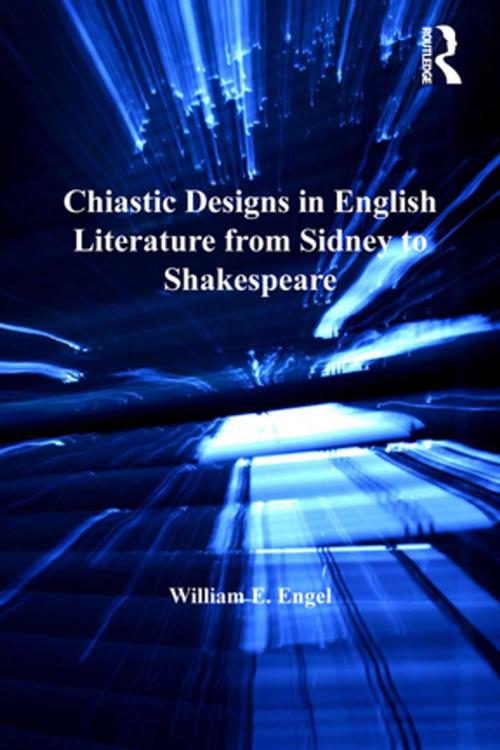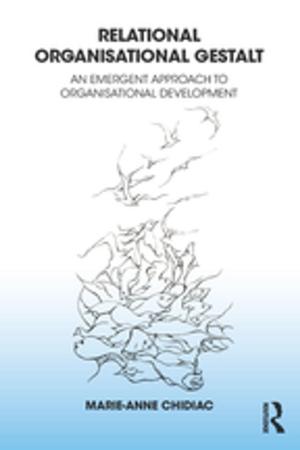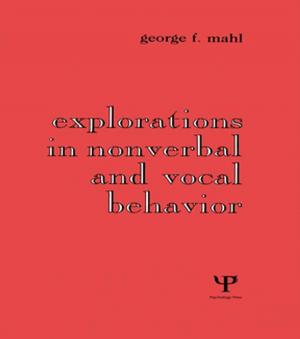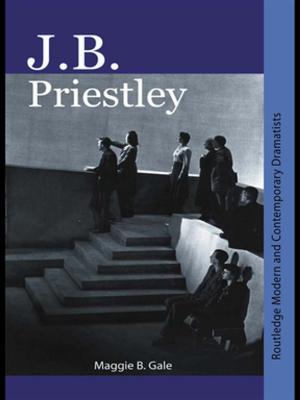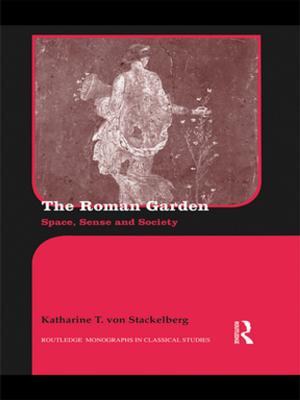Chiastic Designs in English Literature from Sidney to Shakespeare
Fiction & Literature, Literary Theory & Criticism| Author: | William E. Engel | ISBN: | 9781317168034 |
| Publisher: | Taylor and Francis | Publication: | April 8, 2016 |
| Imprint: | Routledge | Language: | English |
| Author: | William E. Engel |
| ISBN: | 9781317168034 |
| Publisher: | Taylor and Francis |
| Publication: | April 8, 2016 |
| Imprint: | Routledge |
| Language: | English |
Paying special attention to Sidney's Arcadia, Spenser's Faerie Queene, and Shakespeare's romances, this study engages in sustained examination of chiasmus in early modern English literature. The author's approach leads to the recovery of hidden designs which are shown to animate important works of literature; along the way Engel offers fresh and more comprehensive interpretations of seemingly shopworn conventions such as memento mori conceits, echo poems, and the staging of deus ex machina. The study, grounded in the philosophy of symbolic forms (following Ernst Cassirer), will be a valuable resource for readers interested in intellectual history and symbol theory, classical mythology and Renaissance iconography. Chiastic Designs affords a glimpse into the transformative power of allegory during the English Renaissance by addressing patterns that were part and parcel of early modern "mnemonic culture."
Paying special attention to Sidney's Arcadia, Spenser's Faerie Queene, and Shakespeare's romances, this study engages in sustained examination of chiasmus in early modern English literature. The author's approach leads to the recovery of hidden designs which are shown to animate important works of literature; along the way Engel offers fresh and more comprehensive interpretations of seemingly shopworn conventions such as memento mori conceits, echo poems, and the staging of deus ex machina. The study, grounded in the philosophy of symbolic forms (following Ernst Cassirer), will be a valuable resource for readers interested in intellectual history and symbol theory, classical mythology and Renaissance iconography. Chiastic Designs affords a glimpse into the transformative power of allegory during the English Renaissance by addressing patterns that were part and parcel of early modern "mnemonic culture."
